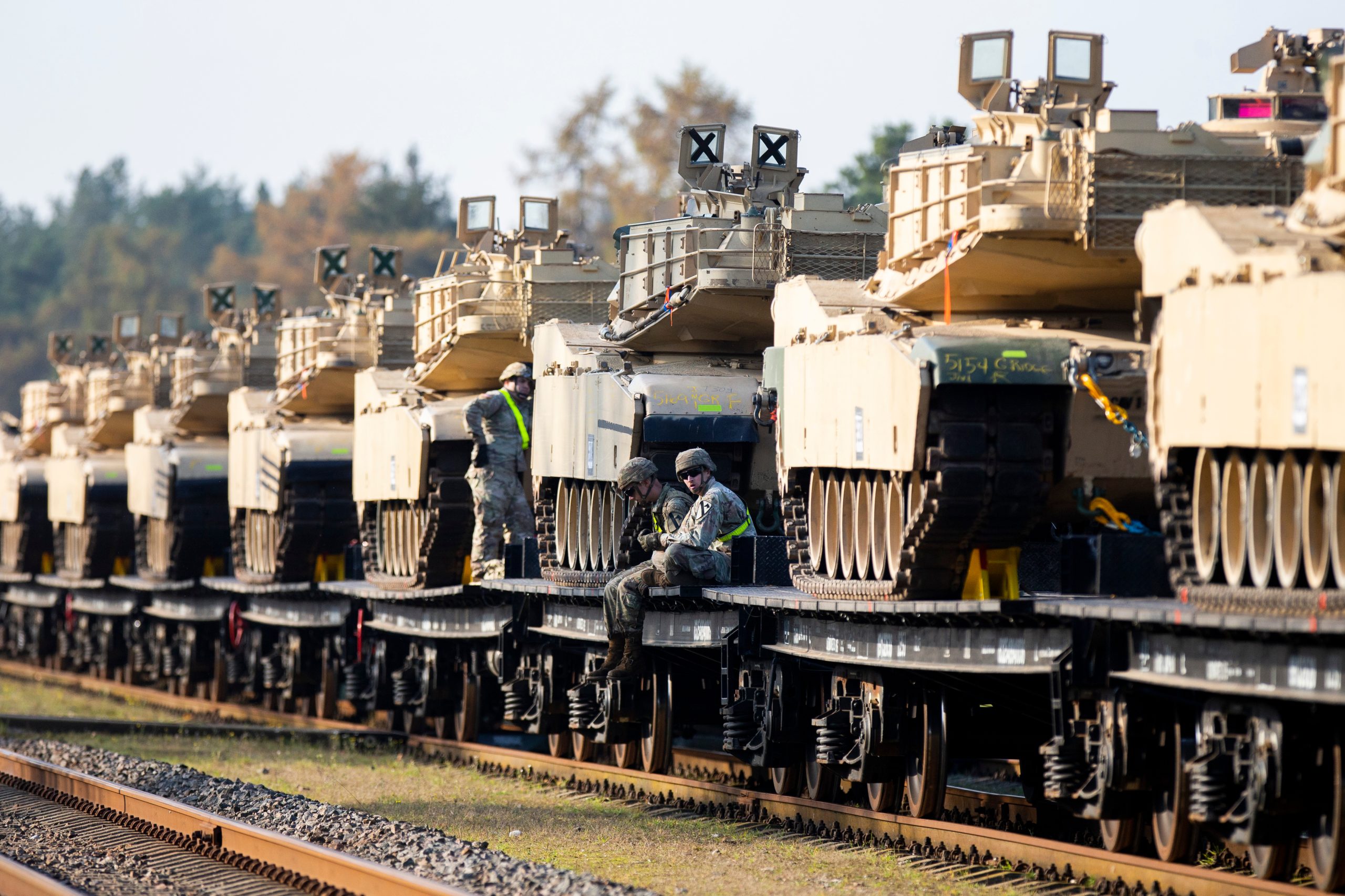Europe’s Logistical Bottlenecks Exposed: Military Hardware Roadblocks Threaten Eastern Defense

Europe’s Logistical Dilemma: Military Hardware Faces Roadblocks in the East
Strategic Concerns on Logistical Readiness
Recent revelations highlight a pressing concern for the continent’s collective security: the current network of transport routes stretching across key European states is not equipped to handle the rapid movement of armored vehicles and personnel. Sources point out that the corridors vital for defense are marred by a mixture of aging architecture, physical limitations, and bureaucratic processes that dramatically slow down any largescale transfer of assets. These hurdles have significant implications in scenarios where swift military deployment would be critical for deterrence or defense against sudden escalation.
Key stakeholders have expressed their alarm at both the structural weakness of bridges and the constrained passages in tunnels. Roads originally intended for commerce and civilian travel often cannot accommodate vehicle weights in excess of the standard, notably lagging behind requirements for the heaviest equipment in modern arsenals. For instance, while commercial transport vehicles adhere to a cap of approximately 40 tonnes, some main battle tanks routinely surpass 70 tonnes. With this disparity in mind, defense planners are concerned that much of the continent’s essential mobility channels—bridges, tunnels, and crossings—would buckle under the pressure or become impassable bottlenecks. Supporting the free movement of forces requires not just capacity, but also resilience against the type of sustained use seen in conflict situations.
Infrastructure Bottlenecks and Mobility Gaps
Transport officials underscore that this challenge is not merely theoretical. If called upon to reinforce vulnerable territories in the east, the redeployment process currently drags on for weeks—or even months—rather than the days or hours demanded by modern high-tempo operations. These delays are magnified by non-physical constraints as well, such as administrative or custom clearance processes at cross-border junctions. In addition to structural concerns, each handover between jurisdictions can introduce significant time loss, presenting a multidimensional vulnerability in rapid response planning.
The underlying challenge originates in the historical development of European logistics infrastructure. Many elements date back decades, conceived and constructed with the flow of goods and civilian vehicles in mind but not designed to absorb the demands of large-scale mechanized force movements. The standardization of axle load and road width typically favors commercial efficiency and urban convenience. As a result, critical stretches—ranging from narrow bridges to tunnels with limited height or weight tolerance—pose substantial obstacles. In high-stress scenarios, such limitations risk creating choke points and undermining collective defense efforts.
Renewal Efforts and Strategic Investments
Recognizing these vulnerabilities, authorities have signaled substantial financial commitments aimed at revitalizing and adapting the continent’s logistics backbone to suit dual-use needs. Proposed plans involve infusing billions in funding to reinforce bridges, expand bottlenecked corridors, and improve access routes with a focus on both strategic mobility and commercial benefit. New legislative initiatives and targeted investments seek to expedite these modernization projects, aiming to align infrastructure with contemporary military requirements and ensure seamless integration with allied logistical frameworks.
Meanwhile, collaborative efforts with international defense partners seek to synchronize military and civilian mobility priorities. By mapping out hundreds of critical projects, officials are laying the groundwork to close mobility gaps. These actions are part of a broader vision to strengthen operational readiness and guarantee that heavy hardware and troops can be rapidly delivered wherever the security situation demands. The proactive approach reinforces the shared recognition that logistical flexibility is as vital as traditional deterrence capabilities in the current strategic environment.
Implications for Defense and Preparedness
This logistical situation reflects a fundamental crossroads for the continent’s defense posture. Ensuring that the network of rails and roads can bear the weight and size of modern armored vehicles is no mere technicality; it is a decisive factor in the broader calculus of security and response. With multiple states prioritizing updates to their transport corridors and ramping up budget allocations, the strategic emphasis is shifting toward flexibility and speed. These initiatives underline a new era of integration between infrastructure policy and defense strategy, answering the challenge of new risks with coordinated investment and modernization.
Ultimately, the resilience of the transport web across Europe forms a pivotal element in deterrence strategy and the ability to respond rapidly to emerging threats. As discussions continue at both national and multilateral levels, the focus remains steadfast on translating financial resources and policy commitments into real-world readiness. Adequate mobility corridors and robust logistical planning will be essential to transforming words into action—securing not just efficient transport of goods, but sustained peace and stability across the region.
